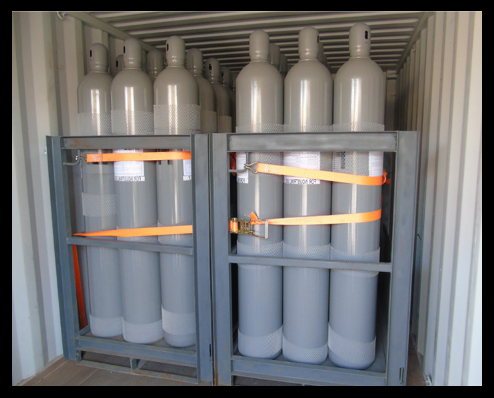
Propylene gas cylinders suppliers, We also provide oxygen, acetylene, carbon dioxide and so on. The product quality is stable and the price is affordable after 30 years’production experience.Main markets: Middle East, South America, Brazil, Belgium, Southeast Asia, Korea, etc. and pressure, sizes
Price: $100 – $ 600
Why is propylene a substitute for acetylene?
- In many applications, propylene is faster than acetylene – it can also be more cost-effective. Generally speaking, propylene is expected to have the same or even better properties as acetylene.
- Propane does not have the same BTU value as propylene, but in the correct application, propane has its own advantages over acetylene.
- Propylene and propane do not require chemical stability. Each cylinder contains more pounds of fuel gas available.
What is propylene gas used for?
Due to its excellent combustion performance, propylene is an attractive alternative to propane for heating and cutting. It is also widely used as fuel gas in high-speed oxygen fuel (HVOF) process. In addition, the chemical and plastic industries rely on propylene as a fuel gas.
How hot is propylene gas?
propylene, 2870 °C (oxygen)
What is Propylene?
Propylene (C3H6) is a colorless, flammable, liquefied gas with a weak sweetness. Compared with acetylene, its primary BTU capacity is moderate and its secondary flame capacity is high. The heat release in the main flame cone is less than that of acetylene. The BTU capacity of external flame is better than that of acetylene. Propylene combines the mass of acetylene flame with the secondary heating ability of propane. This fuel gas burns hotter than propane.
Before choosing gas for your application. the cutting speed should compared according to the specific conditions. When converting from acetylene to propylene, gas supply hoses (grade T) and cutting tips must replaced. Depending on the thickness of the material cut. the mixer in the oxygen/acetylene cutting torch may need to replaced due to the different oxygen/fuel gas burning ratios required for the combination.
Propylene is safer than acetylene because it can used under full tank pressure. It is very suitable for use at low temperatures because it has higher vapor pressure than propane.
Non-fuel applications include organic synthesis to produce materials such as acetone. Propylene can be polymerized to form polypropylene plastics. It can also be used as a refrigerant or as a calibration mixture and chemical intermediate. In addition, it is also used to test the efficiency of gas burners and engines.
Comparison of propylene and acetylene
Longer Durable Cylinders – Increasing Productivity and Reducing Labor Costs
Each propylene cylinder produces more products than acetylene cylinders. For example, a 105-pound propylene cylinder is equal to five 330 cubic feet of acetylene cylinders. This can reduce product and delivery costs and increase productivity. as cylinder replacement takes less time. According to a study done by Gas Innovations, this can reduce cylinder replacement labor by up to 80%.
More durable cutting skills – cost reduction
Usually, the service life of cutting blade consumables is longer when propylene used. This is due to the fact that the tip is not exposed to such a high temperature or the influence of the working surface due to the increased distance from the tip to the working surface. In addition, due to the chemical properties of gases. propylene cutting does not produce soot, making it a cleaner combustion fuel.
More BTUs and Better Heat Transfer – Increasing Productivity and Efficiency
Cutting with propylene can generate more BTU heat, thus heating large parts and thick metals more . Besides, the chemical properties of propylene have better heat transfer performance than acetylene. which means that you can increase productivity by producing faster cutting.
Security Advantage
Safety is the most important factor in considering which gas should be used. Propylene is generally considered safer because it is a more stable gas. The stability of Acetylene under increasing pressure may lead to insufficient pressure of heating head, which may lead to dangerous tempering. For propylene, this is a very small problem.
Equipment requirements
In most cases, as long as you have used the T-hose, you only need to switch the gas and cutting tip to start using propylene for cutting projects. In fact, any fuel gas other than acetylene needs to use T-hoses because of their flame retardancy and oil resistance.
products found for propylene gas cylinder
acetylene gas oxygen gas cylinder


price:$60 -$600 price:$30 -$600
argon gas cylinder co2 cylinder price


price:$30 -$600 price:$30 -$600
nitrogen gas cylinder helium gas cylinder


price: $20 – $550 price: $10 – $200

price: $8 – $90 price: $50 – $600
Gas Cylinder Sizes
Cylinders come in all sizes to suit different types of gases. Not only the total volume of the gas affects the size of the cylinder, but also the pressure required to store the gas. Different companies use different sizes of cylinders for different gases, and each manufacturer is slightly different. However, many common sizes are used to allow easier refilling of cylinder and cylinder storage.
You may like:



